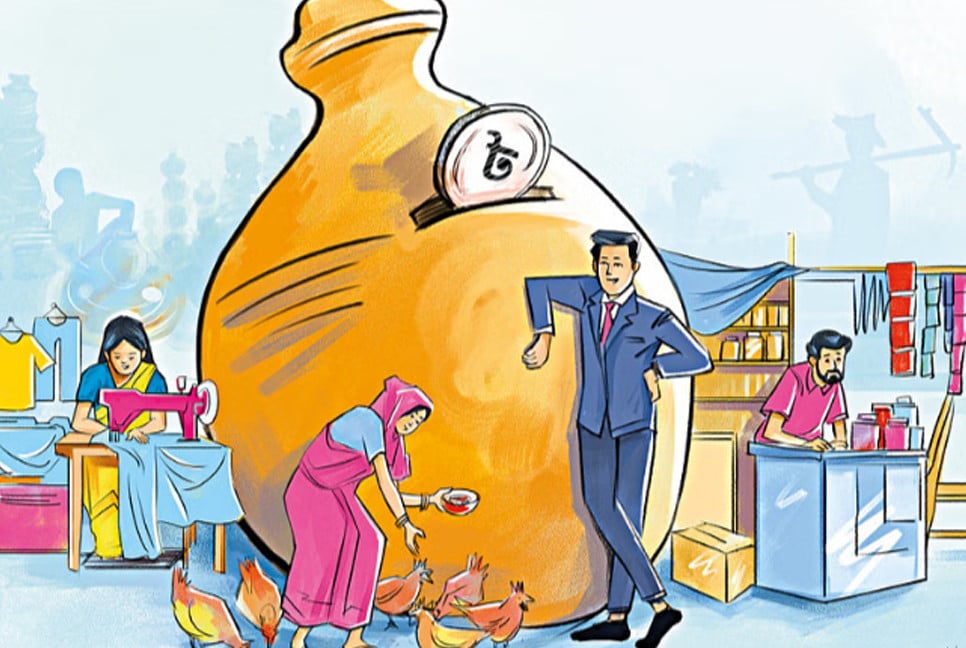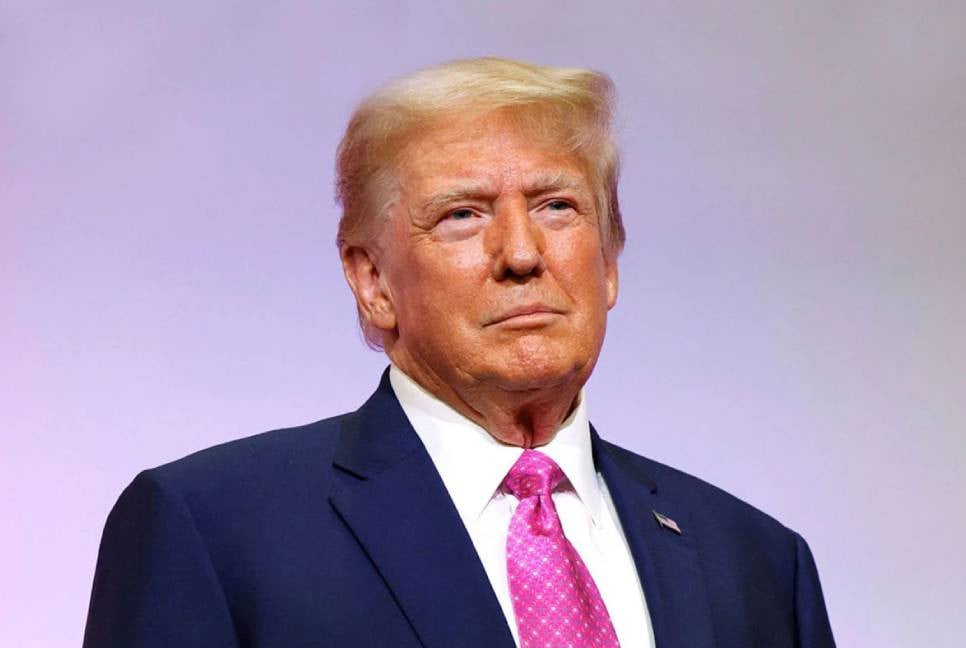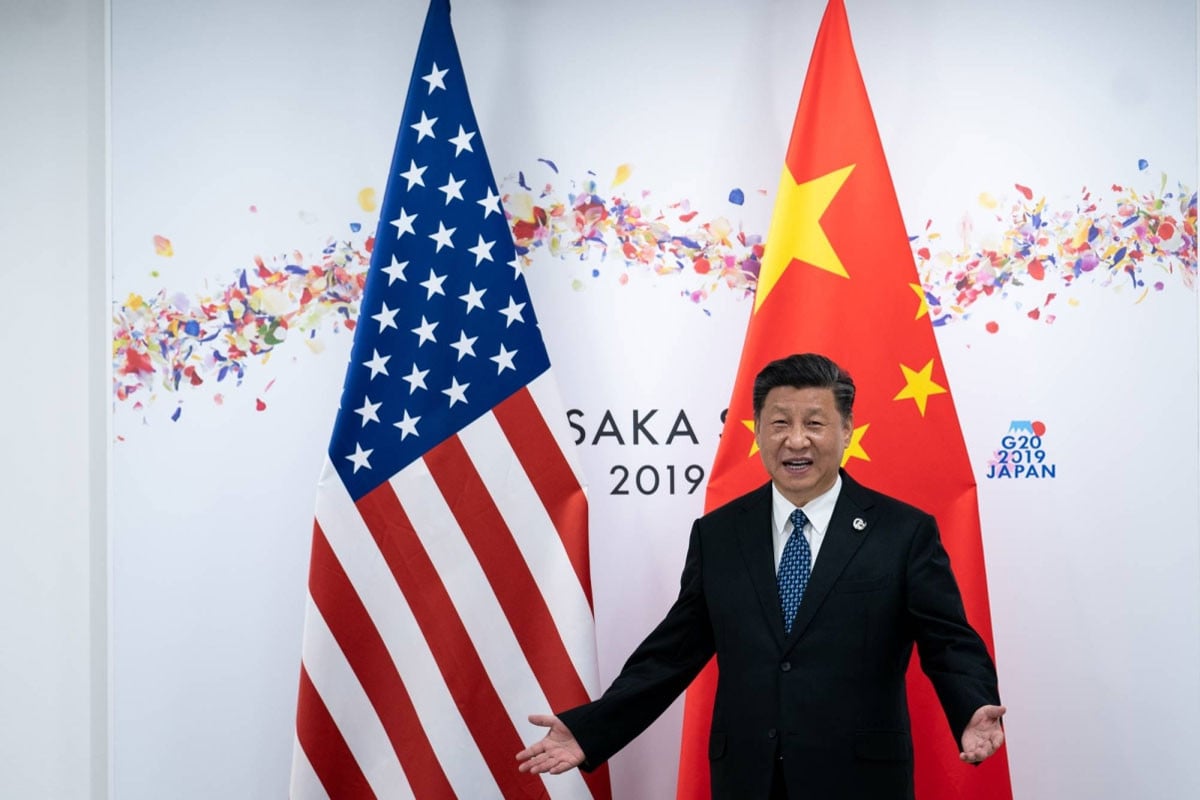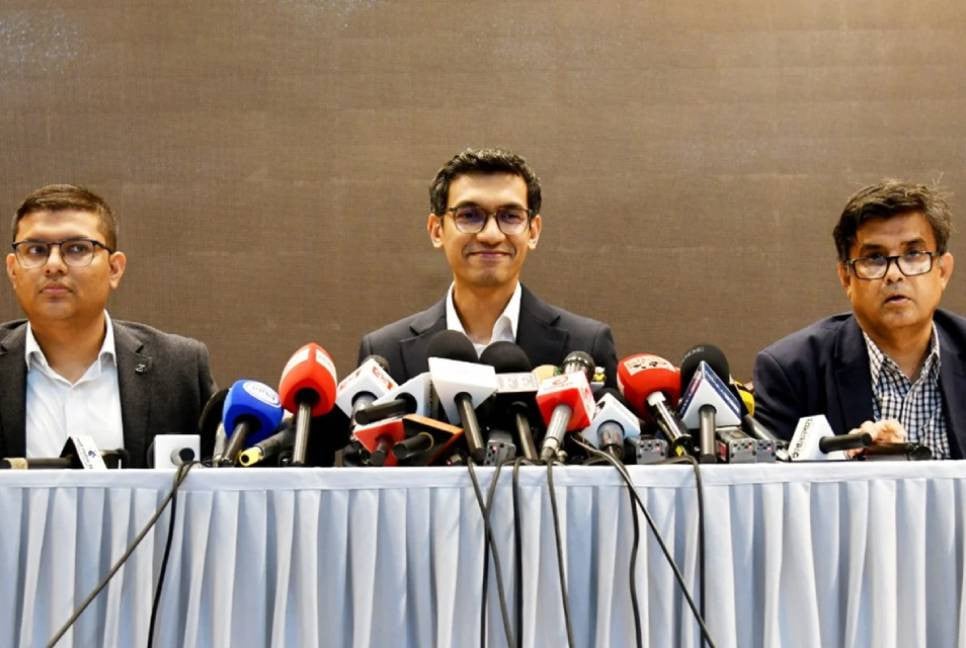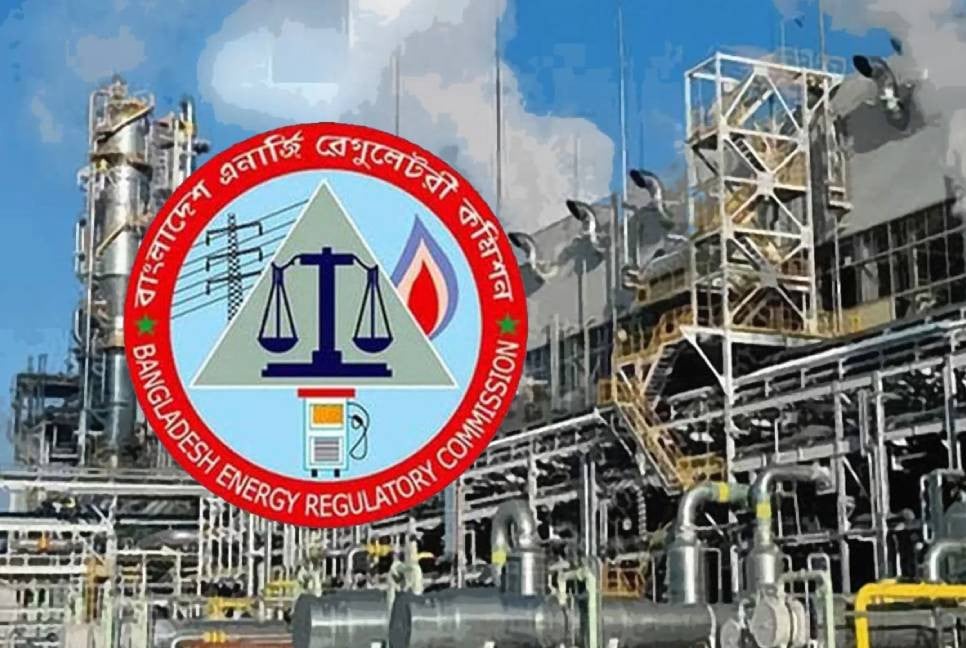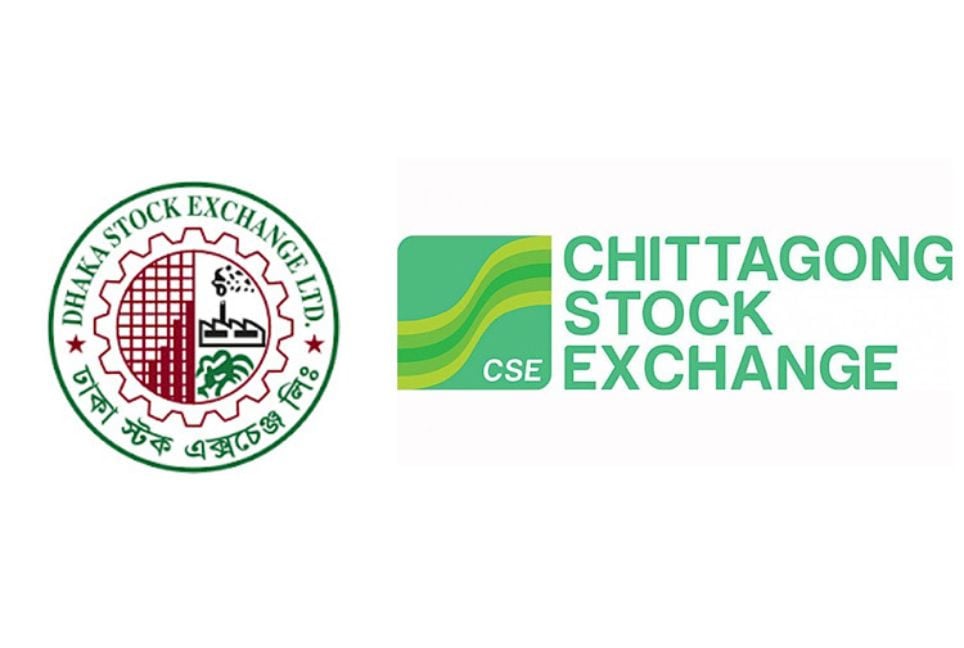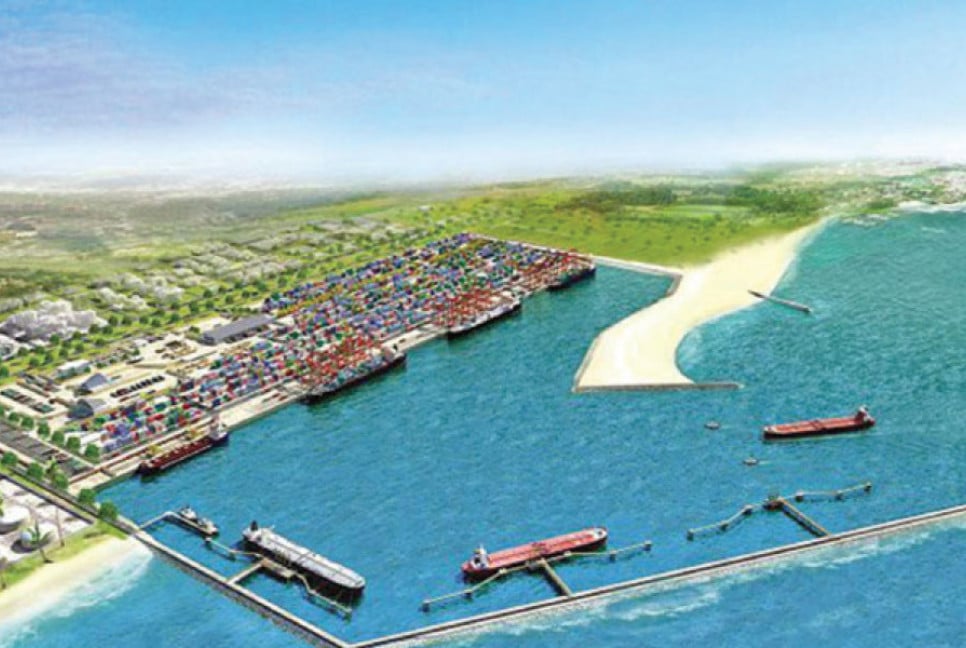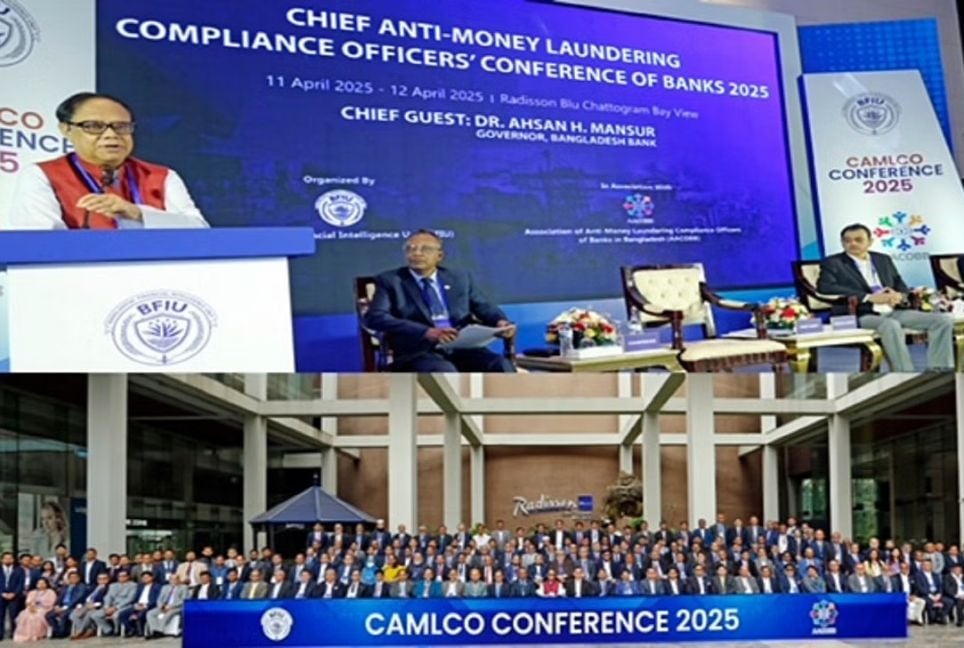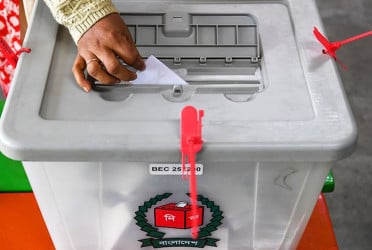Alamgir Hossain, a small entrepreneur in the jute industry, recently applied for a loan of Tk5 lakh to expand his business. He was initially denied the loan and was required to provide three guarantors’ signatures, his business trade license, and various other documents—a daunting process for a small business owner.
“Our loan amount is very low, but the suffering is high. Banks often don’t want to give loans without strong references. Time passes in completing these processes, and as a result, businesses cannot start on time,” Alamgir told the Daily Sun.
Like him, most SME entrepreneurs in the country face similar hurdles when trying to secure loans. Those who do manage to obtain financing often struggle with high-interest rates and hidden conditions that make repayment difficult.
SMEs: Economy’s backbone, yet struggling to stay afloat
Small and Medium Enterprises (SMEs) are crucial for economic growth, innovation, and job creation. Their contribution to Bangladesh’s GDP has been increasing, with the Cottage, Micro, Small, and Medium Enterprises (CMSME) sector generating Tk1,00,257 crore in the 2019-20 fiscal year, which grew to Tk1,35,985 crore in the 2022-23 fiscal year. Despite their vital role, SMEs face numerous challenges, particularly in securing loans with reasonable interest rates.
According to Bangladesh Bank data, in just a year and a half, the average interest rate on SME loans has nearly doubled. In June 2023, the average interest rate was 6.99%, but by December 2024, it had surged to 12.17%.
Many SMEs also lack access to loans due to stringent bank requirements, such as collateral, solid credit history, and detailed business plans. For small businesses without sufficient collateral or a long financial track record, obtaining loans becomes nearly impossible.
The high-interest rate crisis
According to central bank data, the SME sector has faced a steady rise in interest rates over the last six months.
In June 2024, the weighted average interest rate (WAIR) for SME loans stood at 11.80%, increasing to 12.19% in November before slightly declining to 12.17% by the end of December 2024.
As a result, the disbursement of small industry term loans fell by 43.92% year-on-year in the October-December quarter of FY2024.
This decline has significantly impacted small business owners like Saleha Begum Brishti, a former banker who now runs Manipuri fabric and jute factories in Shreemangal.
“Now, it’s difficult to get money from banks. While there were low-interest loan schemes for the SME sector, they are not always available. When they are, interest rates jump to 17-18%. With such high rates, businesses face major setbacks from the start, making profitability nearly impossible,” Saleha shared.
Ershad Ali Akash, who runs a large shoe factory in Bhairab with over 300 employees, highlighted the issue of “hidden conditions” in bank loans.
“Many times, despite paying only the interest, the principal amount never reduces. In some cases, the collateral is auctioned off without the knowledge of the borrower,” he explained.
Systemic barriers to loan accessibility
For many entrepreneurs, the journey to securing a loan is an uphill battle.
Alamgir Hossain, for example, had to seek verbal assurance from a high official at Bangladesh Bank before his loan was finally approved. By the time the approval came, his business expansion had been significantly delayed.
Dr Zahid Hussain, former lead economist at the World Bank Dhaka office, emphasised that the lack of capital is a major hurdle for entrepreneurs.
“Many businesses struggle to obtain loans due to systemic issues within the banking sector,” he said.
“Meanwhile, large industrial groups have withdrawn thousands of crores from the financial sector, yet small entrepreneurs in rural areas continue to face difficulties in accessing capital," he added.
The need for reform
Experts believe that government intervention is necessary to support SMEs.
Dr Mustafa K Mujeri, executive director of the Institute for Inclusive Finance and Development and former director general of the Bangladesh Institute of Development Studies, stressed the importance of policy changes.
“Banks are more comfortable providing large loans but are reluctant to give loans to smaller businesses. Additionally, the complexity of paperwork makes it difficult for SME entrepreneurs to access funding,” he noted.
He recommended government-backed loan programs with lower interest rates and reduced collateral requirements to help small businesses thrive.
Anwar Hossain Chowdhury, managing director of the SME Foundation, also highlighted the limitations of current efforts.
“This fiscal year, the target is to provide Tk450 crore in loans to SMEs through 23 banks and financial institutions at an interest rate of 4%.”
“However, this is not enough. With adequate government and private sector support, SMEs have the potential to generate significant foreign currency earnings,” he said.
Bd-Pratidin English/ARK

